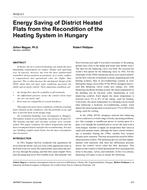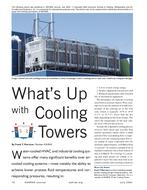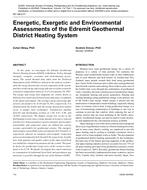Carbon monoxide is one of the contaminants in homes that engenders the most concern. Programs that evaluate homes spend substantial effort evaluating carbon monoxide. Furnaces, boilers, water heaters, and ovens/ranges are common sources of carbon monoxide in the indoor environment. This paper presents results of carbon monoxide measurements from two studies that looked at homes that underwent energy efficiency upgrades as part of the U.S. Department of Energy’s low-income Weatherization Assistance Program (WAP). In the first study, carbon monoxide was measured in the flues of furnaces, boilers, and water heaters, in the outlets of ovens/ranges, and in the indoor ambient air. Measurements in the appliance combustion gases was done once while at the site, and indoor air measurements were done using dataloggers recording for about one week. In the second study the focus was only on measured indoor ambient air, also with measurements using dataloggers for about a week. The results show that most appliances have carbon monoxide levels in flue gases within allowable standards, though some have elevated production. Regarding indoor ambient air, very few homes have persistent levels of carbon monoxide of 5 ppm or higher. However, elevated peak levels above 9 ppm are much more common. These results show that elevated indoor ambient carbon monoxide is a highly episodic contaminant, and therefore not well addressed by whole-home ventilation. Further, the data suggest that it is the cooking appliances that are most subject to producing short-term elevations of carbon monoxide. This paper also includes a comparison of carbon monoxide before and after retrofits.
Citation: ASHRAE and AIVC IAQ 2016 Conf
Product Details
- Published:
- 2016
- Number of Pages:
- 4
- Units of Measure:
- Dual
- File Size:
- 1 file , 1.1 MB
- Product Code(s):
- D-2016IAQ-38


